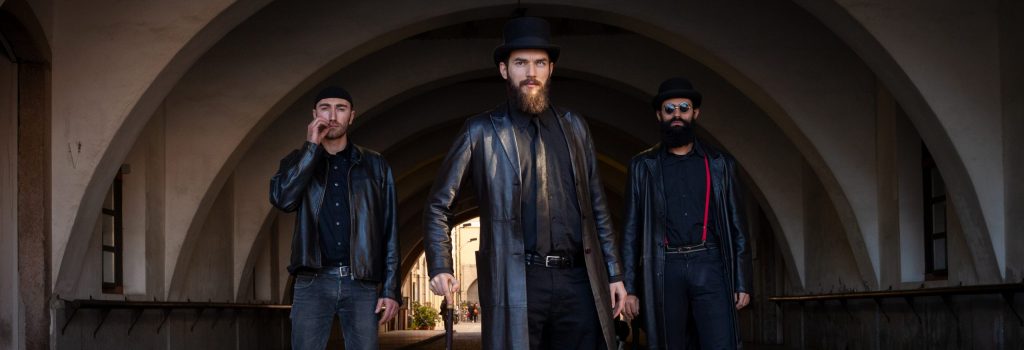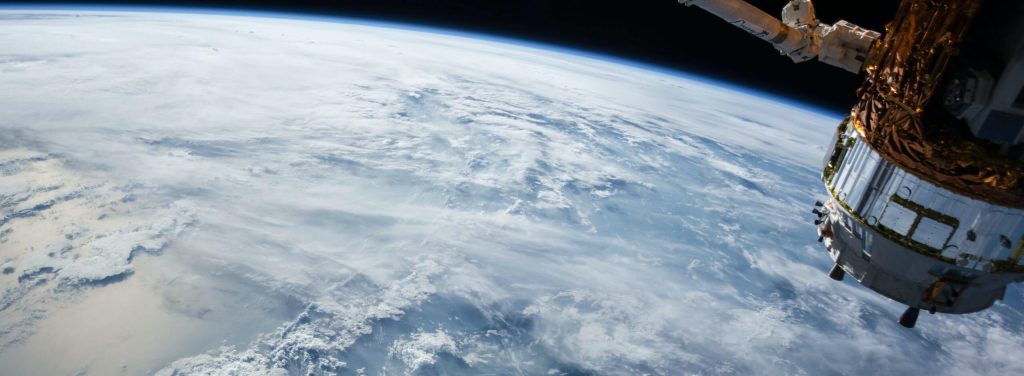I’m used to treating what I do with care and speaking honestly. The idea for Music For The Planet was born exactly in November 2016, 2 and a half years ago, just after I finished my degree at the conservatory and planted my roots in Berlin. That afternoon I decided to compose a new soundtrack so, looking for inspiration and mindful of the lessons of virtual orchestration, I decided to look for a video on which to base myself. The spark was the trailer for BBC’s Planet Earth II, which detonated Life Rising into my hands in the following hours. At the end of that afternoon of spontaneous creative flow, I had finished it. I still consider Life Rising the starting point of all this incredible journey: even then I understood that I could not stop and this seed planted today has finally grown up blossoming in Music For The Planet. For this reason, as in those days still today, this song wants to be a hymn that celebrates the grandeur of nature and life on our Planet. It is dedicated to all living beings, even to you who are reading and who will listen to it.
Structure
A slight crescendo from the silence, a breeze of wind, a pianissimo of the violins and an ostinato of the harp, to which are added sounds from the jungle. The introduction is intended to be a caress to convey to the listener a feeling of serenity and relaxation. With 40 seconds to go, the theme is introduced for the first time by a soprano singer who rests on this atmosphere still somehow suspended. The real incipit in which the first part of the orchestral body manifests itself, part to the second 56. At minute 01.16, after a short break, the first group of percussions makes its bursting entrance recalling a tribal and epic vibe. To them, at minute 01.24, the section of the strings intones again the main theme twice. This is a ramp for the disruptive and rapid crescendo of the whole orchestra that explodes definitively at minute 01.56, intoning the main theme in its entirety. At minute 02.28, the strings section detaches again and propose a variation on the theme, while the rest of the orchestra continues on the same line until minute 02.44. From this moment on, the section of the strings calms down and leaves room for the horns that color the available sound space timbrally. At 02.56 begins the last crescendo rhythmically marked by the percussions that emerge until the massive final blow at minute 03.04 whose tail goes to dissolve in the same wind breeze in which the song came to life.
Sound-stage: Gently Epic
As I wrote in the introduction, this time I wanted to set to music the strength and majesty of nature depicted in the BBC images that have influenced me a lot. To do this, I asked for help from various Libraries that brought me to an overall sound that was epic but romantic at the same time. Among others, 8Dio Adagio Strings, Requiem Professional, Studios Sopranos, CAGE Brass and The New Epic Taiko Ensemble really made the difference.
As always, the orchestra must be understood as a living and changing ensemble in terms of timbre and dynamics. The key to performing a virtual orchestration is to work on both aspects in a synergistic way. To have one without the other is to have an incomplete work. Another absolute tip that will make the difference for any orchestration is never to quantize any instrument: the mechanicity of the quantization algorithms leads our ears to immediately detect the simulation. So we have to put ourselves in a condition of playability of the single orchestral voices as “human” as possible, from this point of view letting it be “imprecise”, “imperfect” in a musical way. This is as true for the instruments of the orchestra as it is for the solo voices. In Responsibilities, we listened to a lead vocalist in the foreground who actually sang a melody with Gaelic lyrics. In Life Rising, we have a soprano that emerges from the choir singing melodies with vocals without text. The two situations are different but the type of work on the track of the solo voice is exactly the same and in no case is easy to recognize the artificiality of the voice.
Dive Into The Matter
On the first Earth Day on April 22, 1970, 20 million Americans mobilized, inaugurating the environmental movement. Now, over 192 countries celebrate the event, with annual demonstrations, marches, and actions to support environmental reform.
There’s no time like the present to better understand the planet and our effects on it. Nowadays, there are environmental films popping up in a range in topics, so the opportunities to learn about the planet and how to protect it are easy and endless — and perhaps essential as world leaders waver on their commitments to fighting climate change. Studies now confirm that film is one of the most powerful tools to create change. Yes, more than just pure entertainment, movies can make a difference. Fighting the good environmental fight is mentally, emotionally and sometimes physically taxing. It’s draining swimming against the current of corporate money, uncaring politicians and the unconsciousness of the masses. The hope is these engaging projects will inspire action.
Take Action: BBC Earth
BBC Earth commercially represents the BBC Natural History Unit since 2009, the largest wildlife documentary production house in the world. The function of a documentary filmmaker often goes beyond the divulgative aspect of a given subject. If we talk about nature, for example, BBC Earth is one of the most important representatives in the world for public awareness of the conservation of our planet. By showing us spectacular images they put us in front of what we could lose and by visiting their site they give us the opportunity to inform us about how to help our planet or animals that share our home. As they themselves say, “Even small changes can help reduce damage to our planet.” So let’s stop standing still and make a difference now. Here you can find a small guide provided by them on small-large daily actions that we must force ourselves to do for things to change: https://www.bbcearth.com/get-involved


